Taking care of Aglaonema
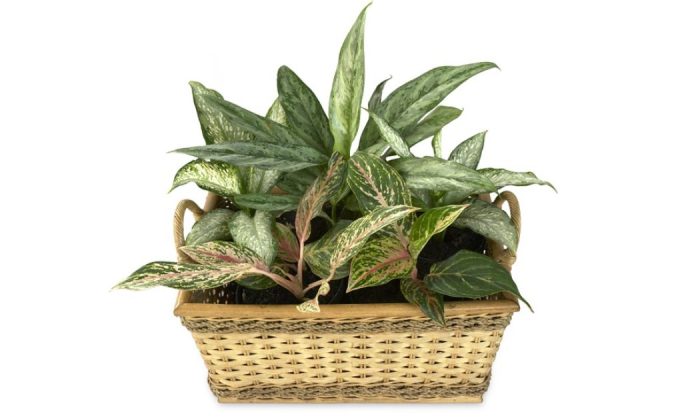
Aglaonema, and its varieties, commonly known as Chinese evergreens, is one of the most popular indoor plants. It owes its popularity to low maintenance, easy cultivation and nice looking leaves. New varieties of this indoor great plant are constantly being created, which usually offer very attractive, more colourful leaves and colours and greater resistance to dry air. Aglaonema is a tropical plant with the ability to grow in shady spots.
Growing Aglaonema
In order to be able to grow Chinese evergreens successfully, you need to know conditions of the natural habitat were Chinese evergreens grow best. Aglaonema grows in the tropical forests of Central and East Asia so naturally, it loves humid and warm air. The best temperature in summer ranges from 20 to 25 °C. In winter, the temperature is slightly lower, but it should not fall below 16 °C. Most important aspect is proper air humidity: the higher the temperature, the higher the humidity should be. Aglaonema requires regular sprinkling or misting. You should also clean its leaves regularly by washing them with a lukewarm water.
Photo: Commons.wikimedia.org
Choose location carefully
Many plants do not like to be rotated or moved elsewhere, so think in advance where you want to place it and then you should leave it there. Aglaonema does not like cold drafts, but at the same time it needs good air circulation and it does not tolerate fumes from gas stoves for example so, do not put it in your kitchen.
Shadow is ok
Aglaonema is not a picky plant when it comes to light. It grows well under most conditions such as bright and diffused light but shady area is ok too. As with many plants, do not expose it to direct sunlight. Aglaonema is one of the few plants that grows well in shady spots and this makes it very popular. If you have a shady corner where the light does not shine much, get Aglaonema. Nevertheless, it is a plant so it will not do well in a very shady area. A complete lack of light will make the leaves sag and the plant will fade eventually.
Soil
Substrate should be light, permeable, non-clumping, rich in humus and slightly acidic. You can prepare the substrate mixture by yourself by adding vermiculite, perlite and a little acidic peat to any regular flower soil, or you may use a ready-made mixture sold in stores. Do not forget to put a drainage layer on the bottom of the container, e.g. expanded clay. Aglaonema is also good for hydroponic growing.
Watering
Watering needs to be done based on your growing conditions, location, temperature, substrate quality and the season. The soil should always be slightly moist during the growing season, but the plant must not stand in water! In spring and summer, you water more and more frequently – usually twice a week, and of course less often in winter. Use soft water that has been sitting for a while and is at the room temperature. A good idea is to check the humidity of the substrate before each watering. The best method is to put your finger 2-3 cm into the soil. The top layer may look dry, but the substrate below may still be sufficiently moist. Remove any excess of water after watering.
Preview photo: Pixabay

Gardening is my hobby, I have a lot of experience and I am happy to share it.
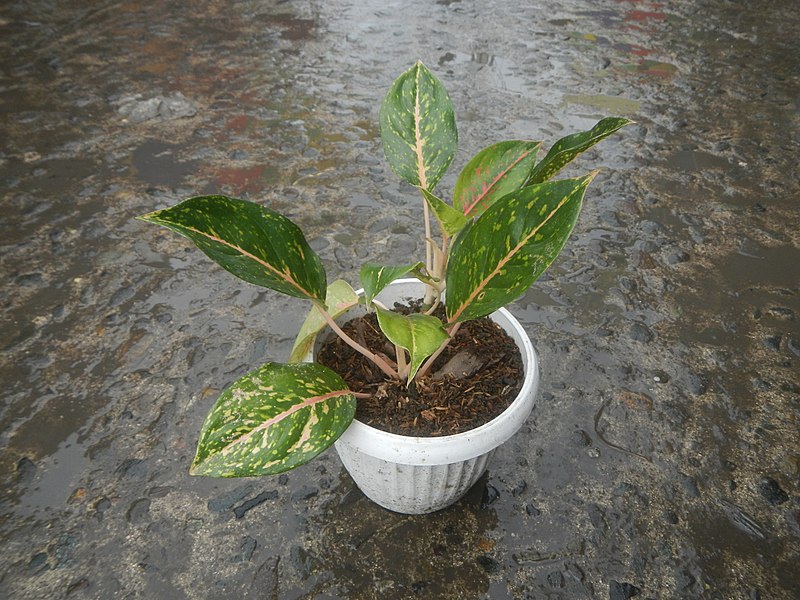



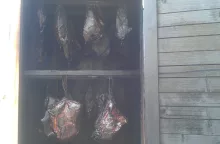
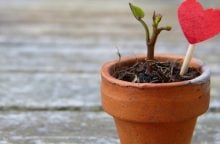
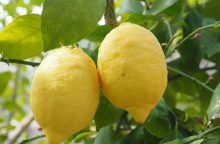


0 comments